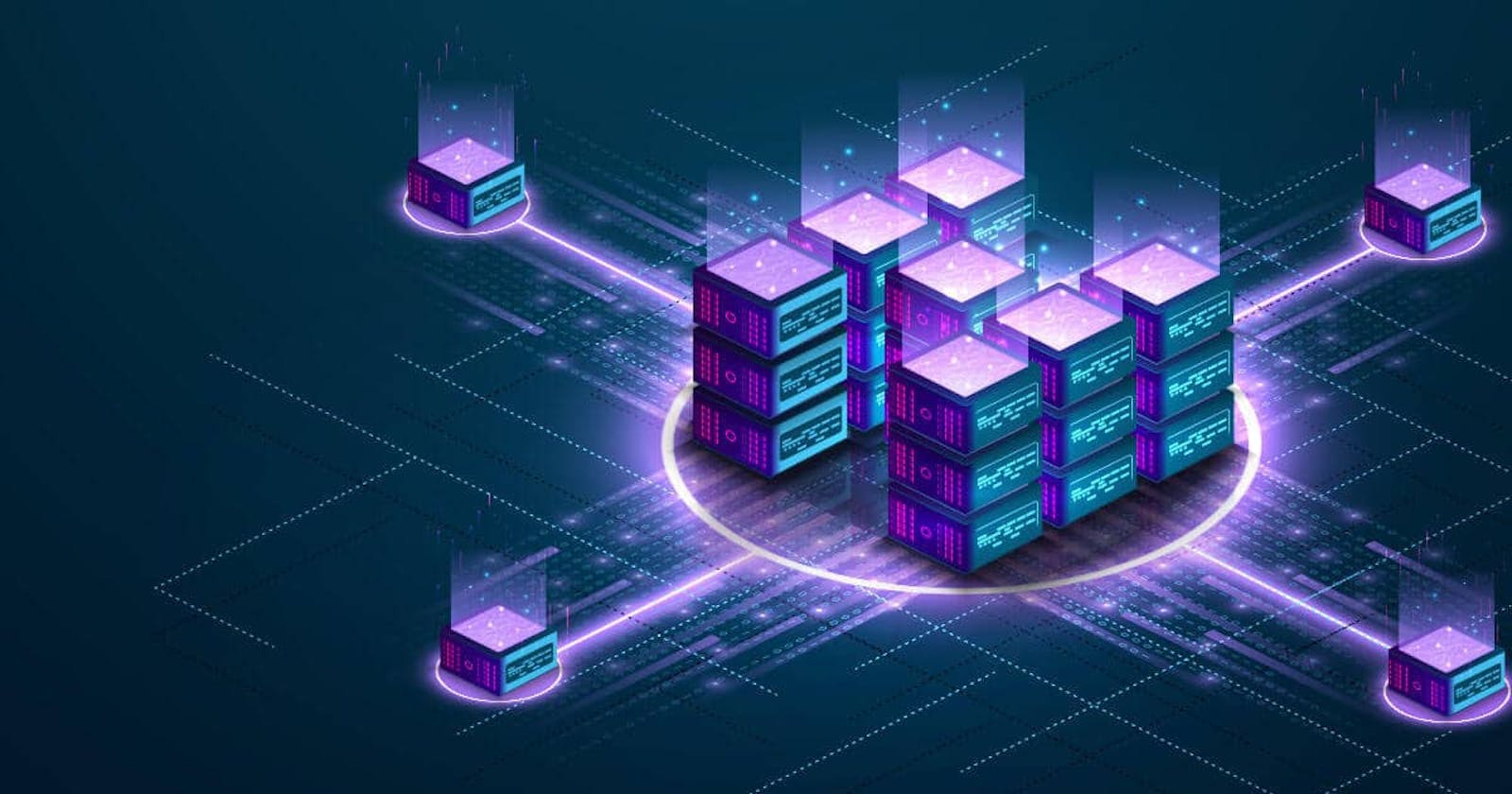Introduction
Blockchain technology has evolved significantly since the inception of Bitcoin. As the demand for scalability, interoperability, and functionality has increased, the concept of layering has emerged. In this blog, we will explore the three layers of blockchain: Layer 0, Layer 1, and Layer 2, each contributing to the overall development and optimization of blockchain networks.
Layer 0: The Foundation
Layer 0 represents the underlying infrastructure of blockchain technology. It includes the core protocols and consensus mechanisms that form the basis of a blockchain network. Bitcoin and Ethereum are prime examples of Layer 0 blockchains.
Bitcoin- Bitcoin, the pioneer of blockchain technology, operates as a Layer 0 blockchain. It utilizes the proof-of-work (PoW) consensus algorithm to secure transactions and maintain the integrity of the blockchain. Bitcoin's primary focus is on decentralized, censorship-resistant digital currency.
Ethereum- Ethereum is another Layer 0 blockchain that introduced the concept of smart contracts, allowing developers to create decentralized applications (DApps) on its platform. Ethereum uses a modified PoW consensus mechanism, transitioning to a proof-of-stake (PoS) model with Ethereum 2.0.
Layer 1: Protocol and Application Layer
Layer 1 builds upon Layer 0, introducing additional protocols and functionalities to enhance the blockchain's capabilities. These blockchains are often designed to address scalability issues, support diverse use cases, and improve overall performance.
Binance Smart Chain (BSC)- Binance Smart Chain is an example of a Layer 1 blockchain designed to provide fast and low-cost transactions. It operates in parallel with Binance Chain, offering compatibility with the Ethereum Virtual Machine (EVM) to facilitate the deployment of Ethereum-compatible smart contracts.
Polkadot- Polkadot is a Layer 1 blockchain that focuses on interoperability between different blockchains. It enables the seamless transfer of data and assets across various blockchains connected to its network, fostering a more interconnected and collaborative blockchain ecosystem.
Layer 2: Scaling Solutions
Layer 2 solutions are implemented on top of Layer 1 blockchains to address scalability concerns by processing transactions off-chain. These solutions aim to enhance throughput, reduce latency, and minimize transaction costs, ultimately improving the overall user experience.
Lightning Network (Bitcoin)- Lightning Network is a Layer 2 scaling solution for Bitcoin. It enables faster and cheaper microtransactions by conducting most transactions off the main blockchain. Participants can open payment channels, conduct multiple transactions, and settle the final result on the Bitcoin blockchain.
Optimistic Rollups (Ethereum)- Optimistic Rollups are a Layer 2 scaling solution for Ethereum. By processing transactions off-chain and submitting only the final results to the main Ethereum blockchain, Optimistic Rollups increase transaction throughput and reduce gas fees.
Understanding the layers of blockchain is crucial for comprehending the evolving landscape of decentralized technologies. Layer 0 lays the foundation, Layer 1 introduces additional functionalities, and Layer 2 addresses scalability concerns. The examples provided showcase the diversity and innovation within the blockchain space, as developers continually strive to enhance the efficiency and capabilities of these transformative technologies.
I hope that you must have found this article quite helpful. If yes, then do give a read to some of my other articles!
Who knows you might become a great programmer 🤔!
